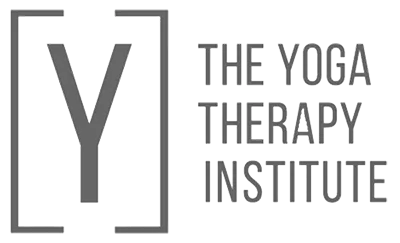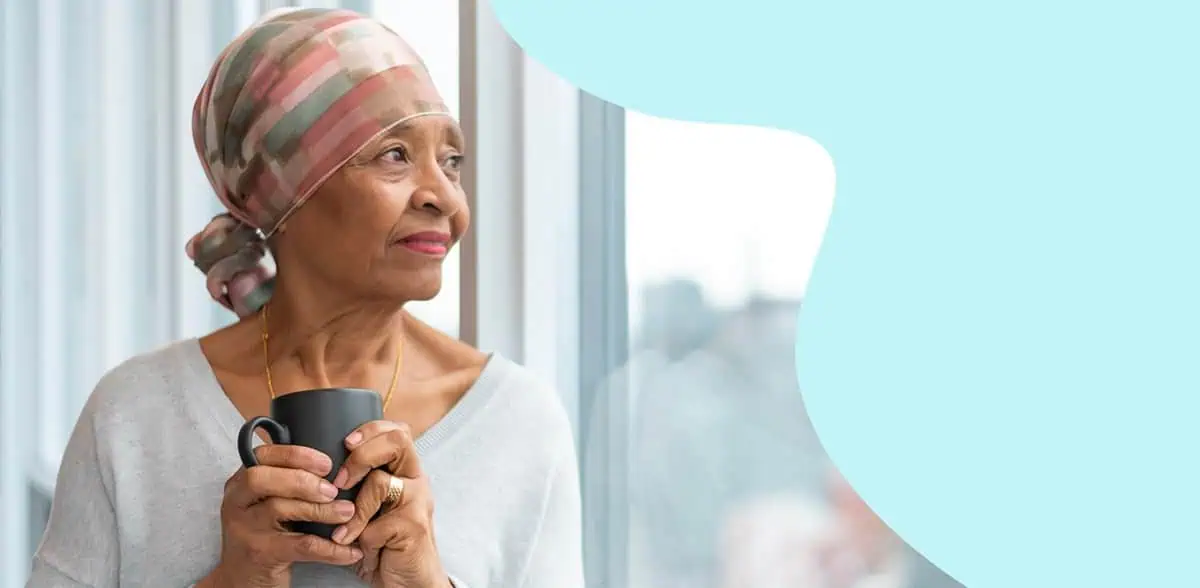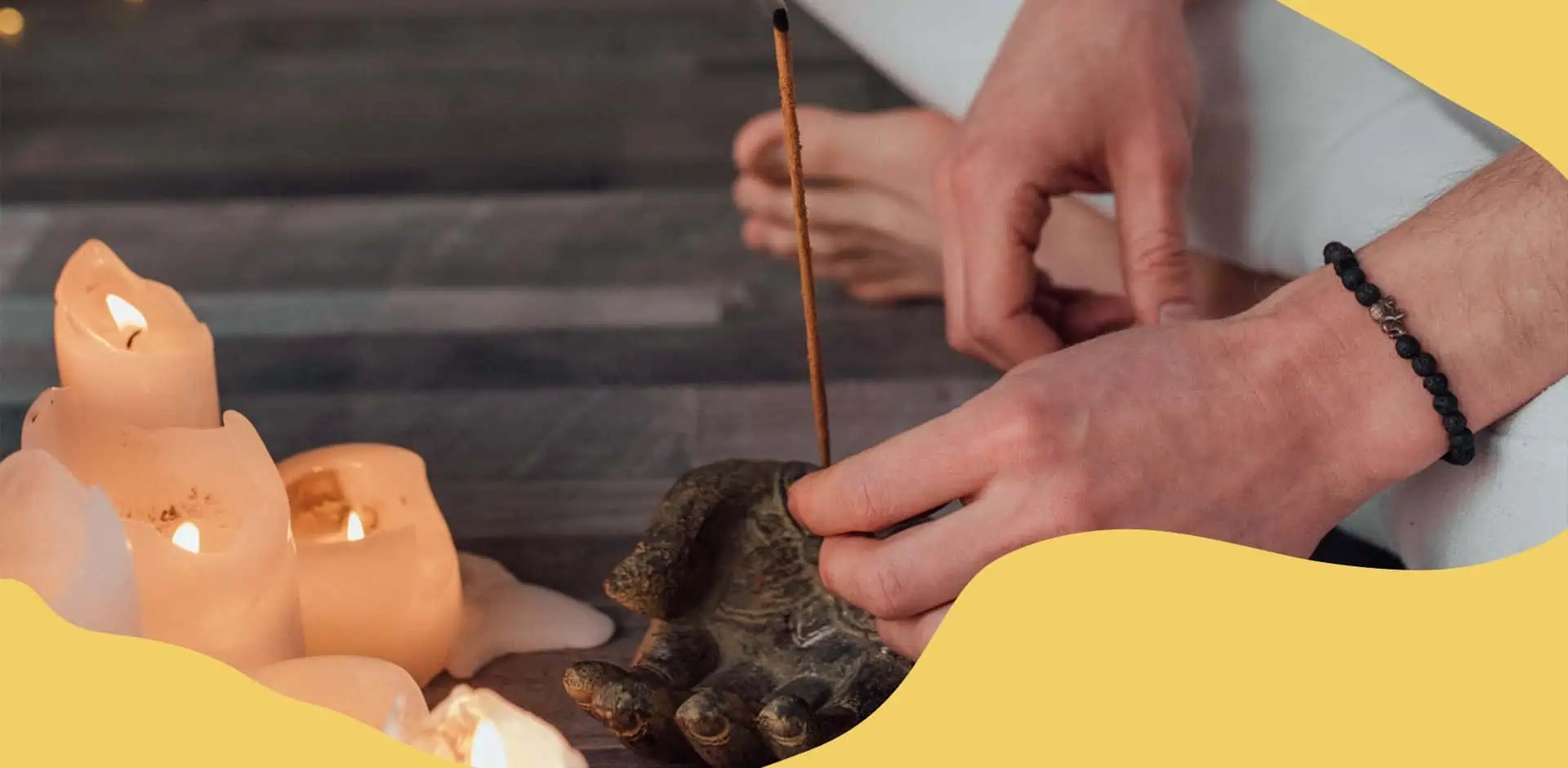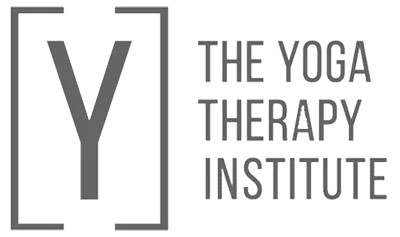
Every Sunday morning, Michael would come to me for Yoga Therapy treatment for his lower back pain. He had been sent by his massage therapist as an act of desperation and a last resort. For at least two years, he experienced pain on the left side of his lower back, enduring endless sessions of physiotherapy, massages, and painkillers. The discomfort did get temporarily better, but his lower back pain would always return, sometimes like a dull reminder, other times as a painful, debilitating spasm.
He was a fit, non-smoker, non-drinker, 30-year-old young man, so there was no logical reason why he should be suffering like this for so long. In his own words, he felt “like an old man” when he got out of bed every morning.
It may seem simple, but the reason why Michael was still in pain after all those treatments was that such treatments treated the symptoms, not the cause of his lower back pain. I always tell my Yoga therapy clients and Yoga teaching students that sometimes we have to do some detective inquiries in order to get to the core of our work with Lower Back Pain.
In Michael’s case, I discovered that he spent long hours sitting at his desk and in endless meetings with his right leg tightly crossed over his left leg, causing his body to tilt to the left side. This was revealed during a detailed intake session where I gave him a chair and asked him to demonstrate how he sat at work.
I challenge anyone to sit for six hours a day, five days a week, with their legs crossed in this position, and observe the impact on their back. Additionally, Michael’s job as a banker involved not only sitting with crossed legs and a tilted body but also, likely due to the stress of his profession, squeezing his legs tightly. It’s surprising that this didn’t lead to further damage.
We had to work extensively to heal the damaged area, specifically the Piriformis muscle and its surrounding structure. However, this effort would have been in vain if Michael had returned to his usual sitting position for another six stressful hours at work the next day.
Having been a Yoga Therapist for over 20 years, I’ve come to realize that there’s a reason for everything, and that modern therapy should focus more on the causes, rather than just the symptoms, of diseases. This approach is essential to prevent future problems and make a long-term impact on both our own health and that of our clients.
Mechanical Lower Back Pain, which is musculoskeletal rather than organically caused by issues like kidney infections or spinal tumors, is a significant health concern doctors encounter daily. It affects millions and is a major financial burden on healthcare systems in countries like the UK. Most Lower Back Pain results from poor lifestyle habits, which, when corrected, can transform a person’s life and significantly reduce healthcare costs.
The list below is intended to assist those suffering from Lower Back Pain, as well as Yoga teachers, health practitioners, and therapists who support them. Understanding the underlying cause of Lower Back Pain is crucial for effective treatment, which should be tailored to each individual case. Therefore, it’s important to recognise that not all Lower Back Pain is the same.
STRESS
Oh yes. Sorry. Here we go again, but it’s true. Stress causes your spinal muscles and supporting muscles (QL’s, hip, buttocks, and leg muscles) to contract and tighten, leading to pain. This is where a little stretching and breathing can help, along with relaxation techniques and even psychological support to assist you through your treatment.
BAD POSTURE
Whether standing or sitting, a misaligned posture can lead to long-term structural changes and damage to the spine. I know, correcting your posture is easier said than done. Old habits die hard, and for some people (see the next section), the problem starts right from the feet. However, if you’re determined, practices like Yoga, Pilates, and the Alexander Technique can gradually introduce new postural habits, even in the most challenging cases. And remember, it’s never too late to start.
FEET TROUBLES
People are often surprised when we tell them that sometimes healing a painful back involves working on their feet. The body’s alignment is delicate, and if the feet are out of balance, it can eventually affect the knees, hips, lower back, and even the neck.
Conditions like bunions, flat feet, a broken foot (even an old injury), warts, or wearing the wrong shoes can lead to an uneven distribution of weight on the feet. This imbalance can cause the entire skeletal structure to become misaligned. Consequently, muscles on one side of the body may contract excessively to compensate, leading to back pain.
Consulting a specialist for a foot assessment is a good starting point for addressing these issues.
HIGH IMPACT AND ASYMMETRIC SPORTS
An apology to our tennis players, runners, spinners, hockey players, cross-fitters, and golfers—we see many of you in our Yoga Therapy practice. We often mention that, especially over the age of 40, playing high-impact sports is enjoyable, but it may lead to issues in your lower back, as well as in your knees and shoulders.
To prevent these problems, it’s important to warm up thoroughly after your workouts. Regular massages and taking time to rest when you’re tired or sense an injury brewing are also key. As long as you stay mindful of these practices, you can continue enjoying your sports!
THE WRONG BED
If your lower back pain is worse in the mornings, you might need to consider changing your bed. It’s not just about having a new or “good” bed; the key question is whether it’s a good bed “for you.”
Even the most expensive bed in the world can cause back discomfort. For example, my mother’s back problems significantly improved after she switched to a state-of-the-art memory foam mattress. However, that same mattress caused me and my daughter terrible back pain.
Pay attention to how your back feels in the mornings over a few days. If you find your back stiff and painful, it might be time to go bed shopping.
SITTING/STANDING FOR LONG HOURS
We often hear that a sedentary lifestyle is detrimental to our back, digestion, and heart. The term “sedentary life” may conjure images of laziness, like spending the whole day in front of the TV, leading you to think it doesn’t apply to you. However, you might be surprised to learn that sitting at your desk in front of a computer for five hours a day also qualifies as a sedentary lifestyle.
Similarly, standing for extended periods isn’t good for your lower back either, due to the impact of gravity and weight on your vertebrae. If you suffer from lower back pain and find yourself sitting or standing for too long, try to find ways to alternate between sitting and standing, and make sure to walk around your workplace. The more active you are, the better.
This advice applies to yoga teachers and meditators as well. Yoga teachers often sit for many hours a day in a cross-legged position, which can put pressure not only on the lower spine but also on the Sacro-Iliac Joint, leading to hip and lower back issues. Whether sitting or standing, moderation is key.
BEING OVERWEIGHT
Personally, I find it challenging to discuss the topic of being overweight with clients who suffer from lower back pain. My intention isn’t to make “losing weight” the main focus of a yoga practice. Moreover, as I am not a nutritionist or a doctor, I feel somewhat unqualified to suggest weight loss as a solution for back pain relief, especially to women. In our society, where there’s a strong focus on body image, such conversations need to be handled sensitively to avoid negatively impacting a woman’s self-esteem and self-image.
When someone is already struggling with their self-perception, advising them to lose weight is a delicate matter. Thus, I aim to approach this topic with utmost respect, gradually introducing healthier eating habits and educating about the risks of excessive saturated fats and sugars. I’ve noticed that many clients benefit from these subtle shifts towards healthier eating, and over time, they naturally start incorporating better habits into their daily lives.
For those suffering from lower back pain and acknowledging their overweight condition, seeking guidance from a doctor or nutritionist to lose weight in a controlled, respectful manner could significantly benefit their back health.
To learn more about Lower Back Pain, explore our 6-Hour Short Course: Yoga Therapy for Herniated Discs, or our essential intensive training for all Yoga Teachers “Yoga Therapy for Musculoskeletal Issues & Lower Back Pain Clinic 100-Hours“.









